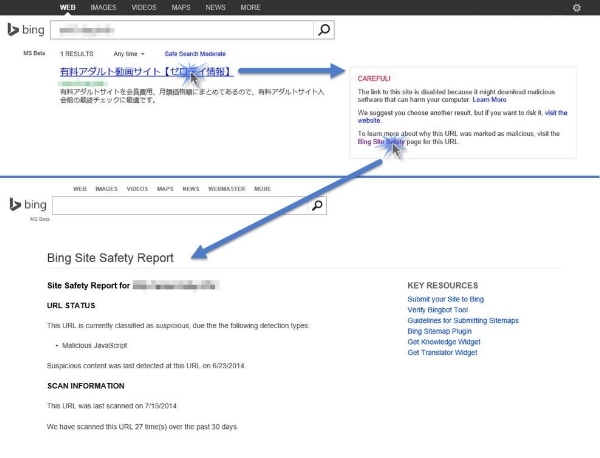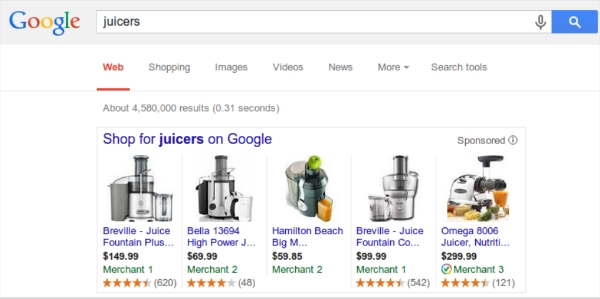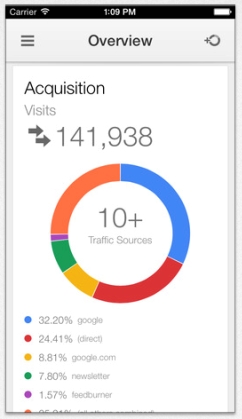It has been a few weeks since Google caught the search world by surprise with the release of its local search algorithm which has been nicknamed “Pigeon.” Out of all of Google’s search algorithms, Pigeon was likely the most well-received at its initial roll-out, but is that still the same now that some time has passed?
 While we at TMO still feel that Pigeon has the potential to help local businesses and searchers improve their local results, it is always good to get the opinions from other experts in the search marketing community. Thankfully, Search Engine Land did just that. They compiled the opinions of several authority figures in search marketing, and needless to say the consensus is mixed.
While we at TMO still feel that Pigeon has the potential to help local businesses and searchers improve their local results, it is always good to get the opinions from other experts in the search marketing community. Thankfully, Search Engine Land did just that. They compiled the opinions of several authority figures in search marketing, and needless to say the consensus is mixed.
Much of the criticism is related to buggy issues likely to be resolved in the near future, but there is also plenty worthy of discussing and lots of room for improvement. You can find out exactly what the experts had to say here.




 A few weeks ago
A few weeks ago The majority of reports about Facebook this year would suggest the largest social media platform is about to crumble under its own weight. But, all the latest data from their
The majority of reports about Facebook this year would suggest the largest social media platform is about to crumble under its own weight. But, all the latest data from their 



